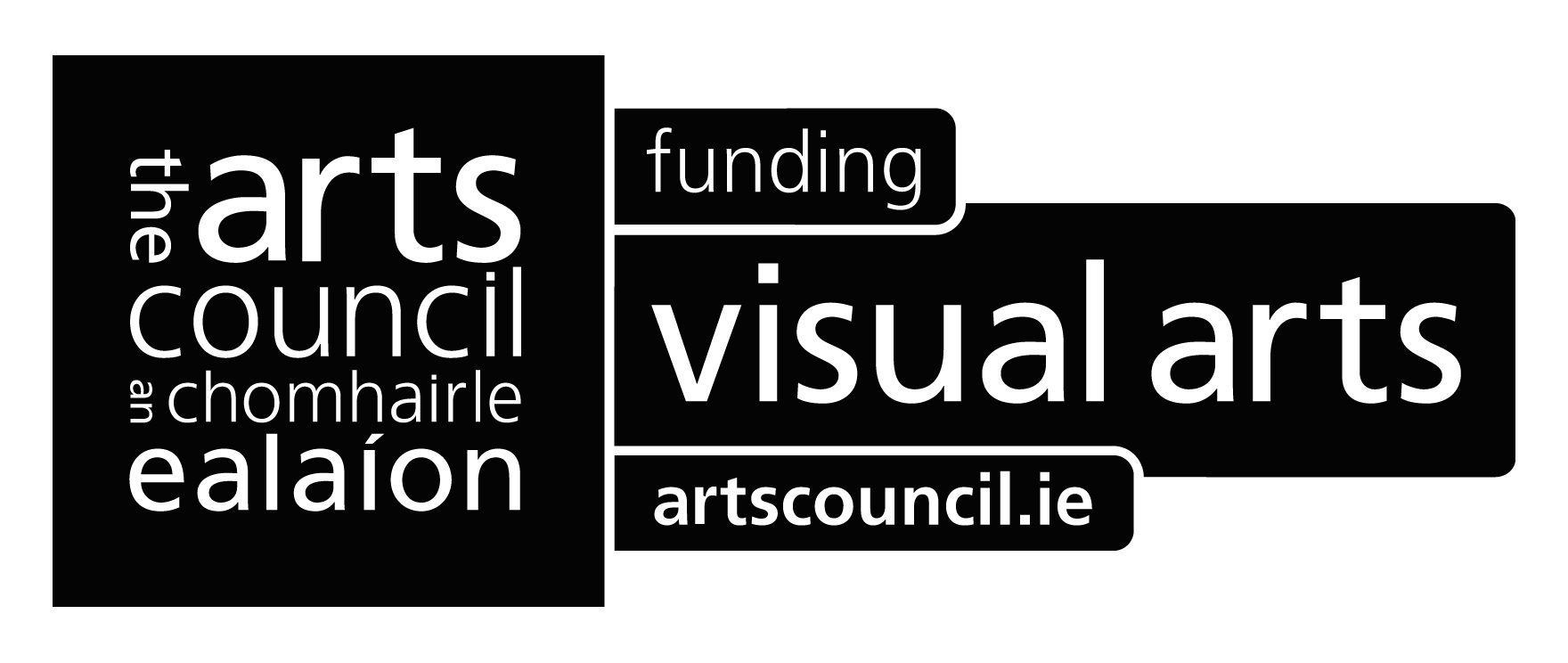Exchange Gallery was set up initially by Jonah King and Andreas Kindler von Knobloch in October 2009. Roisin Beirne, Joseph Noonan-Ganley, Sam Keogh and James O’Haoda joined in as the project developed. After exactly one year a close curatorial group had formed and we realised it was time to hand the space over to a new group of people. We continue to work on independent projects together under the banner of Example.
Exchange Dublin was initiated as a space where ideas could be explored and expressed; where projects could be incubated, grow or fail; where processes could be investigated without the pressure of an end result. It was imperative therefore that the visual culture aspect of the project, Exchange Gallery (EG) would mirror that sentiment.
How could the convention of a gallery space, as a site of exhibition, be turned to emphasis engagement over consumption? Exchange Dublin is unique in that it is situated in highly developed commercial real estate at the heart of Dublin's "Cultural Quarter", but it intends to minimize the restrictions usually imposed on creative people who want to access such a space. Counter to most institutions, you can't make money from it. So as a gallery, EG required artists to engage with a different agenda. Instead of showing work that was indifferent of its surrounding, like objects in a shop window, the gallery assumes itself as a site of development, where the projects used the space in order to be realised. This was the task we put to the fifteen artists and collectives who utilised the gallery space of Exchange Dublin.
The EG curatorial group functioned on a voluntary basis, and selected proposals from an open call or nomination every 3 months. Projects were prioritised in their seeming necessity to utilise Exchange Gallery for their success. The group wanted the space to be used in a multiplicity of ways in accordance with each project. EG facilitated residency style occupations of the space for varying lengths of time, these often culminated in exhibitions, performances, gigs, workshops and screenings among other forms. EG asked all the artists to present their project to the public, so the space was often used to host presentations and discussions.
Exchange Gallery and the curatorial group’s enthusiasm to fuel these projects allowed fifteen exhibitions and residencies between October 2009 and October 2010 to manifest themselves. They provided the conditions for over 30 artists, theorists and musicians to develop, experiment, materialise and disseminate their work.
